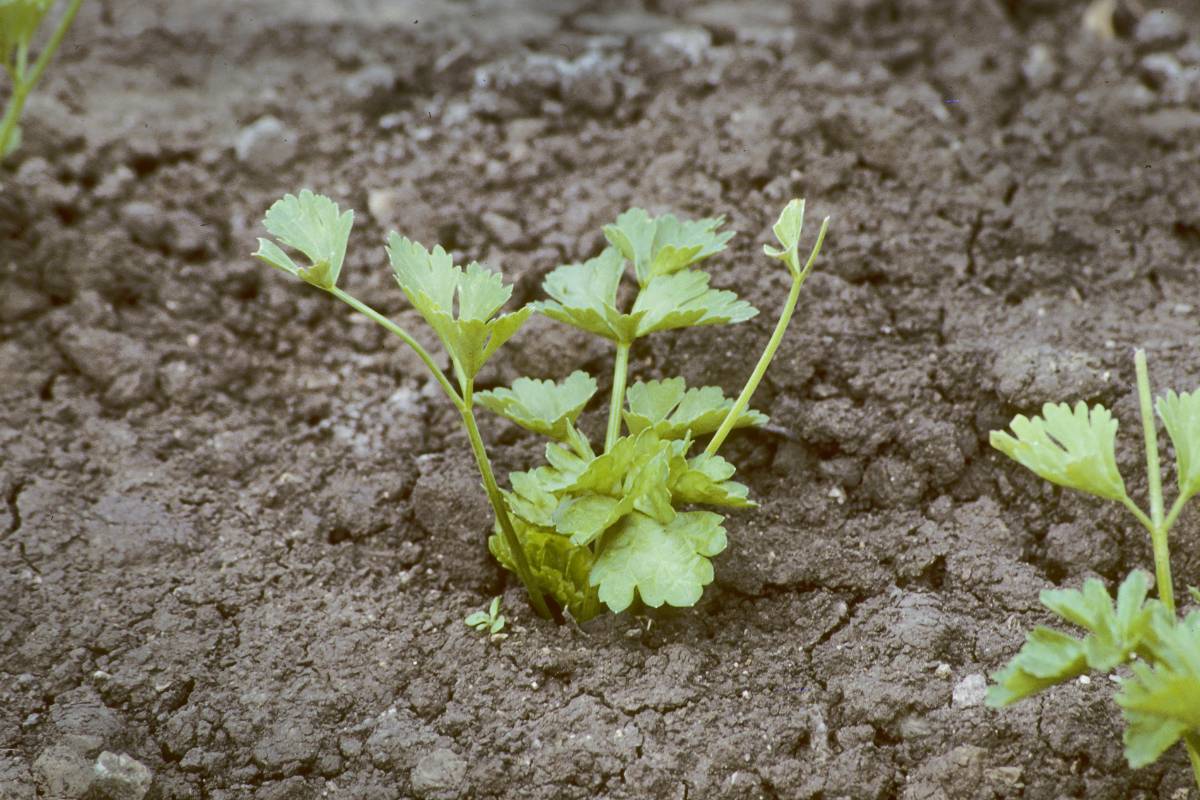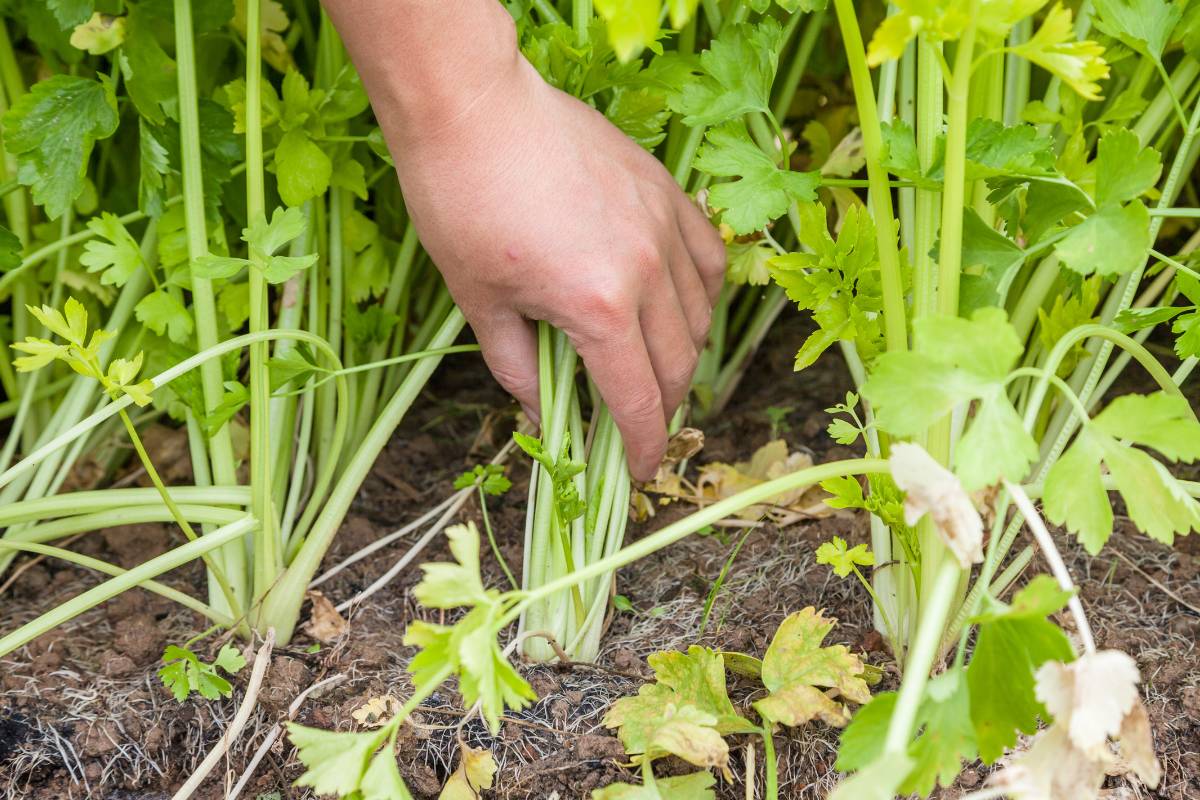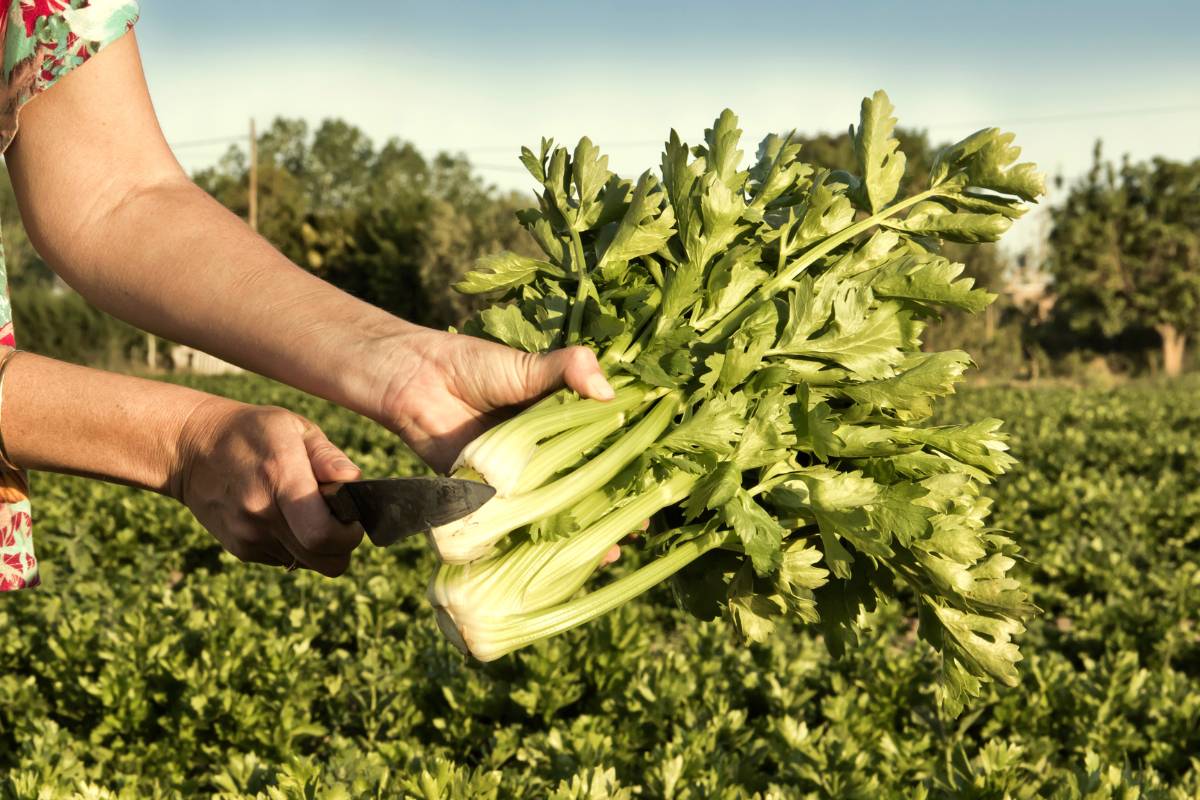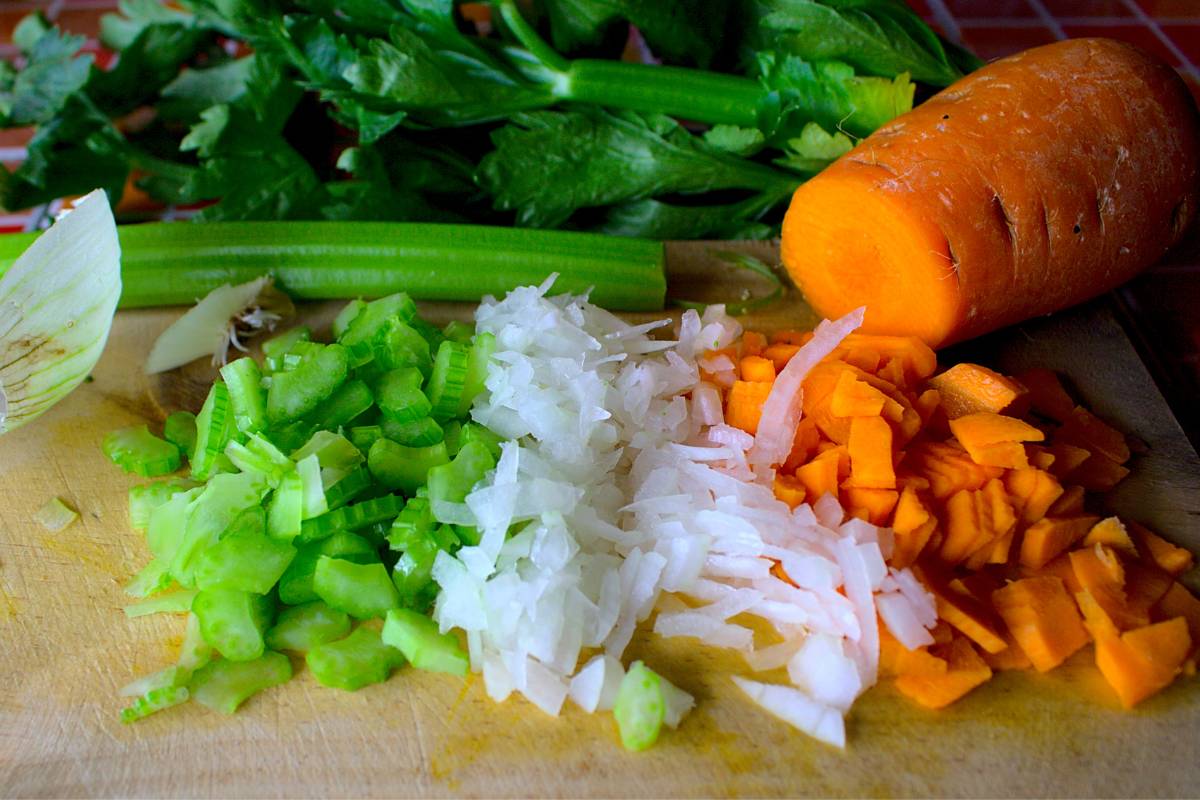Growing celery is a great way to add some extra flavour to your next meal. Celery is a versatile vegetable that can star in snacks and salads, or blend into the background in stews, soups and sauces. It’s one of three essential ingredients in Mirepoix, the classic combination of onion, celery and carrot that forms the foundations of many stews, soups and sauces.
Celery is a vegetable that rewards the patient gardener, taking 4 to 5 months from seed to harvest. The upside is that celery can be grown as a cut and come again crop, meaning that you can harvest a stalk or two whenever it’s needed. While it is easy to grow, if it doesn’t have ideal conditions the results can be stringy, tough and bitter rather than juicy and tender. If you’ve experienced this disappointing result, don’t be discouraged. Follow these tips and you’ll soon be growing your own tasty crop of tender, juicy celery.
1. Plant in Rich Soil
The first step to growing juicy celery is to use rich, well-drained soil. The pH of the soil should be between 6 and 7. Adding compost or other organic matter will help improve drainage in heavy clay soils. If you’re planting in sandy or rocky areas, add amendments like compost or aged manure to improve the soil’s texture and fertility. Because celery has a long growing period, it will benefit from a top-up of compost or some slow-release or liquid fertiliser every couple of months while it’s growing.
2. Consistent Watering is Key!
Celery contains around 95% water, which gives gardeners a clue as to what it needs to grow well. To keep your celery growing healthily, one of the most important things you can do is keep the soil consistently moist so that the plant’s growth is never checked. Monitor the soil regularly, watering whenever the top of the soil is dry and making sure it never dries out completely. Compost-rich soil, mulch and afternoon shade can all help preserve water in the soil during the hotter months.
3. Provide the Right Amount of Sunlight
You can grow celery in full or part sun, but getting the balance right between adequate sunlight for healthy growth and too much of a good thing can be tricky. For the best flavor and texture, grow plants in full sun in winter and protect them from the strong afternoon sun in the height of summer. In tropical and subtropical climates, grow celery during winter and use shade cloth to protect plants in the lead-up to summer.
4. Mulch, Mulch, Mulch
As discussed above, celery requires evenly moist soil to grow well. Mulch is an easy way to achieve this: it slows evaporation from the soil and keeps roots from drying out by providing an insulating barrier between them and the sun's heat. Mulch also helps to keep the soil temperature consistent, preventing fluctuations that can cause stress to plants. An added benefit of mulch is that it also helps prevent weeds from growing, which will save you - and your back - some effort.
5. Blanch the Stalks
Blanching is a process that involves covering crops to exclude light. Blanching lowers the levels of chlorophyll plants produce, changing their colour, texture and flavour. When the lower stalks of celery are blanched, the technique can help to make the crop tender, with paler stalks and sweeter flavour. Celery can be blanched two to three weeks before harvest by covering the lower part of the stalks with a thick mulch, a newspaper or cardboard collar, or even a piece of PVC pipe.
The tips above will give you a good start to growing juicy, tender celery and avoiding anything stringy or bitter. Celery should be a staple in every vegetable garden - why not add it to yours?









